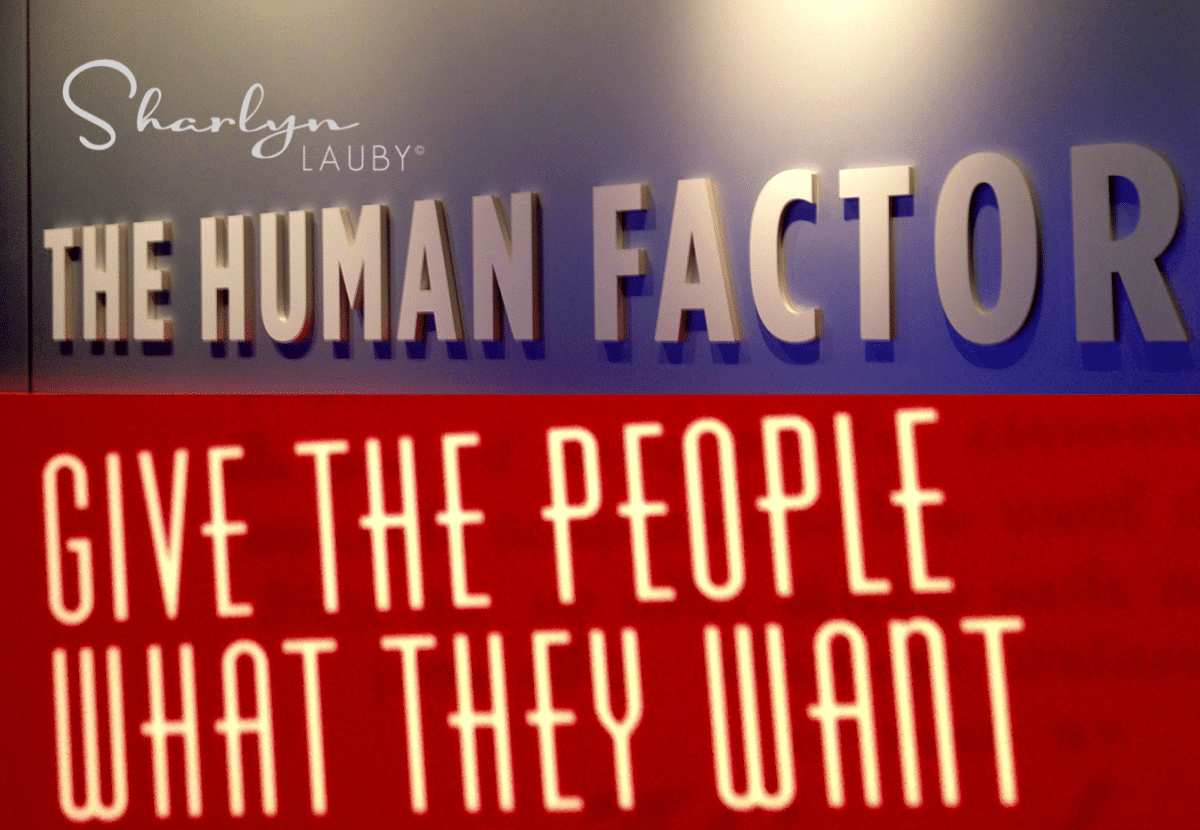Candidate Experience: It Includes Job Interviews
You guys know that we’re experiencing a candidate-driven job market. This means that the conversations we’ve been having about employment branding, realistic job previews, and the candidate experience are significant to our future recruitment efforts.
As much as we might be tempted to label the term “candidate experience” a buzzword, we have to resist the urge. The candidate experience is important. But it’s made up of many touch points: from the moment a person learns about the organization to their rejection or arrival on their first day of work. One touchpoint that is sometimes missed is the job interview.
Many pieces of the hiring process – like background checks, applications, etc. – are maintained by human resources. Multiple people from multiple departments get involved in the interview process. It’s essential that everyone who is a part of the interview process understands their role in the candidate experience.
I was having lunch with a friend recently who was sharing her job search stories. We’re both in HR, so we know how these processes are supposed to work. She shared her amazement at the organizations that have forgotten the value in the small details.
So I thought it might be a good time to share a refresher about job interviews. Even when we’ve been doing something for a long time, we forget the details and need someone to remind us, “Yeah, that’s important. I used to do that. I need to get it back in my routine.” If you haven’t audited your interview process lately, here are seven things you might want to review:
Have an application process that’s easy to use. By now, you know that mobile-friendly websites are being given preference in internet search. If your career site isn’t mobile-friendly, well it’s time. Candidates are finding and applying for job opportunities using their mobile devices. And they are sharing great opportunities with their friends using social media on their mobile devices. If your career site isn’t mobile-friendly, then you’re missing out.
Define the purpose of the initial screening interview. Organizations have access to technology tools to help them screen candidates, which is terrific, and they should be fully utilized. The question is what is the purpose of the initial screening interview? Is it to identify culture fit or confirm basic qualifications? I don’t believe this question should be answered solely by the human resources department. HR should work with hiring managers to determine the best definition.
Make candidates feel welcome. When scheduling the screening interview, give candidates a sense of what to expect. For instance, if you’re using video technology for initial screening, let candidates know how to test their equipment, what to do if they have technical challenges, and a what to do if things just don’t work. Good interviews are about conversations. Not about worrying that the technology won’t cooperate.
Create a good first impression. When it comes time to schedule the in-person interview, tell candidates what to expect. Share the small stuff. We always told candidates when they were interviewing on “jeans day” that they were welcome to wear jeans too. We didn’t want them to be surprised and feel uncomfortable. The way candidates are treated the first time they come to your facility speaks volumes about the way they will be treated as an employee.
Choose the right interview format. I’m a big fan of collaborative hiring. Not because managers can’t make decisions, but because the candidate gets to speak with multiple employees during the hiring process. Then when they start, they know more people than the HR director and their manager. In fact, we told people our philosophy during the hiring process. Every company has to choose the right interview format and process.
Tell candidates what to expect after the interview. If a candidate doesn’t ask the question, make sure they know when a final decision will be made, the best person to follow-up with, and how to stay in touch. Candidates don’t want to pester companies. Organizations don’t want to be pestered. The best way to avoid it all together is by setting the expectation at the end of the interview.
Give the process closure. Once a final decision is made, let all of the candidates know the outcome. Even when they don’t get the job, they respect knowing the outcome. It’s possible the organization will be interested in a previous candidate for a future position. Keep the door open by letting candidates know what’s happening in the process. They’re more likely to consider other opportunities or give referrals because they were treated well in the past.
Always remember that candidates are consumers. They can purchase your product or service. Or they can recommend it to others. The candidate experience has a direct impact on the consumer experience. You never want to lose a candidate and a customer at the same time.
P.S. If investing in your talent acquisition process is part of the company’s goals this year, you might want to consider checking it out a seminar I’m facilitating for the Society for Human Resource Management (SHRM) on “Talent Acquisition: Creating Your Organization’s Strategy” We will be covering every touchpoint in the recruiting process. Seminars are available in person and virtually. And they’re approved for recertification credits.
Image captured by Sharlyn Lauby after speaking at the SHRM Annual Conference in Las Vegas, NV
9